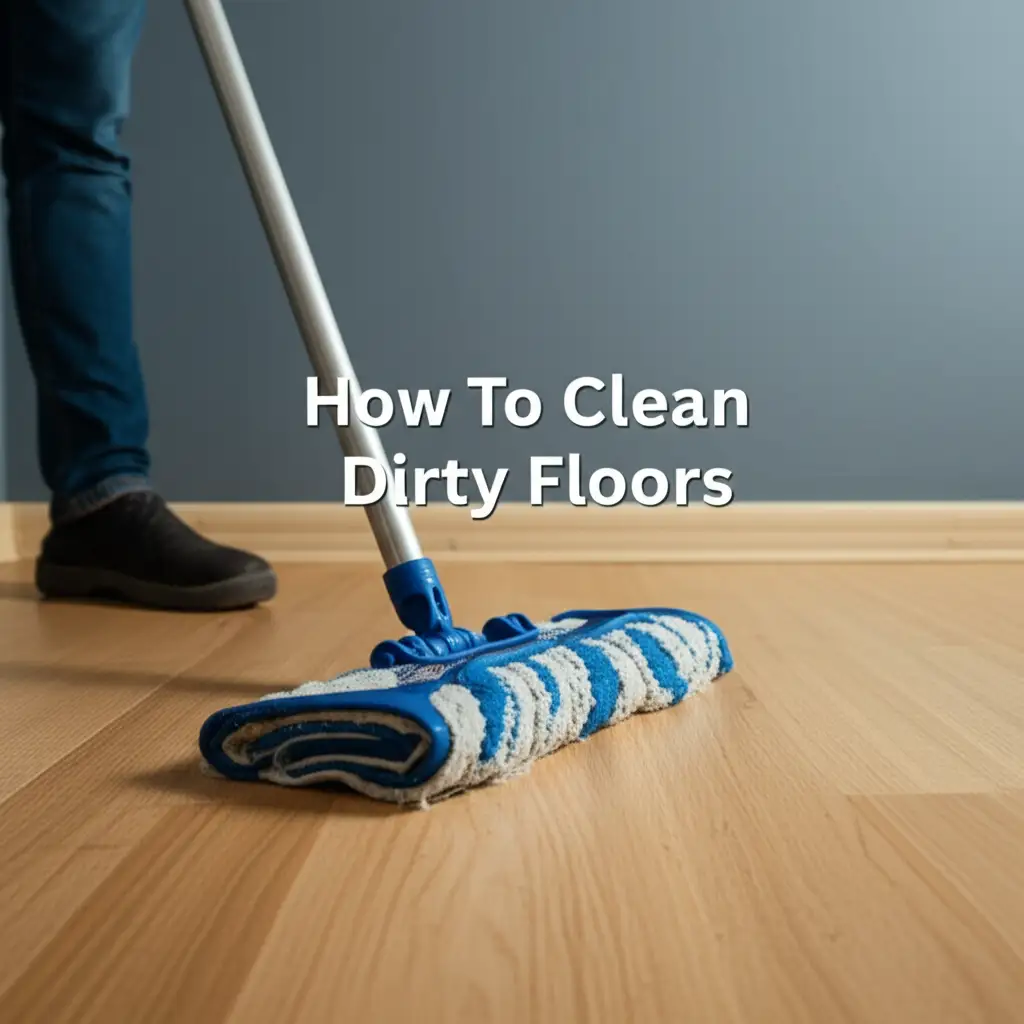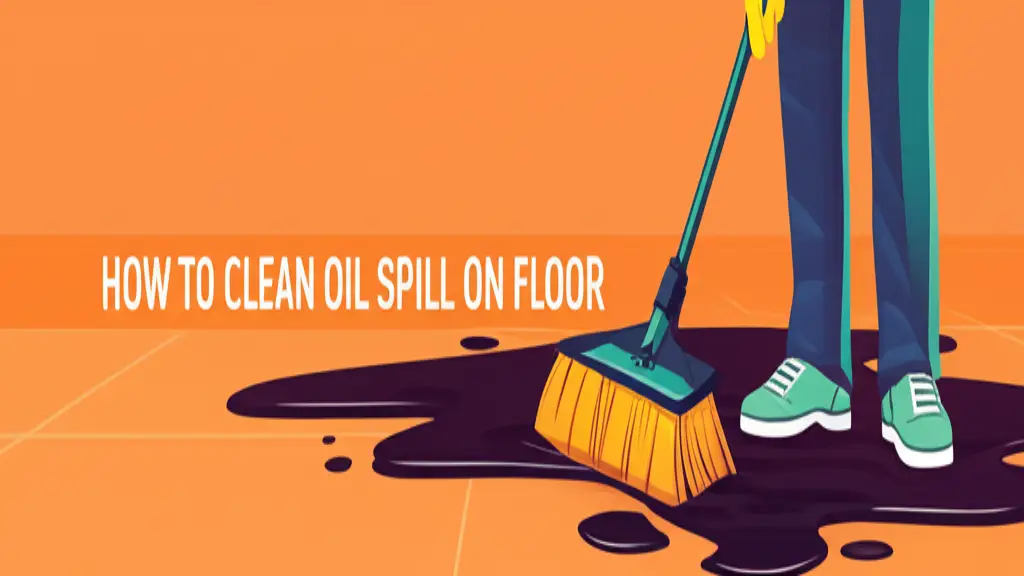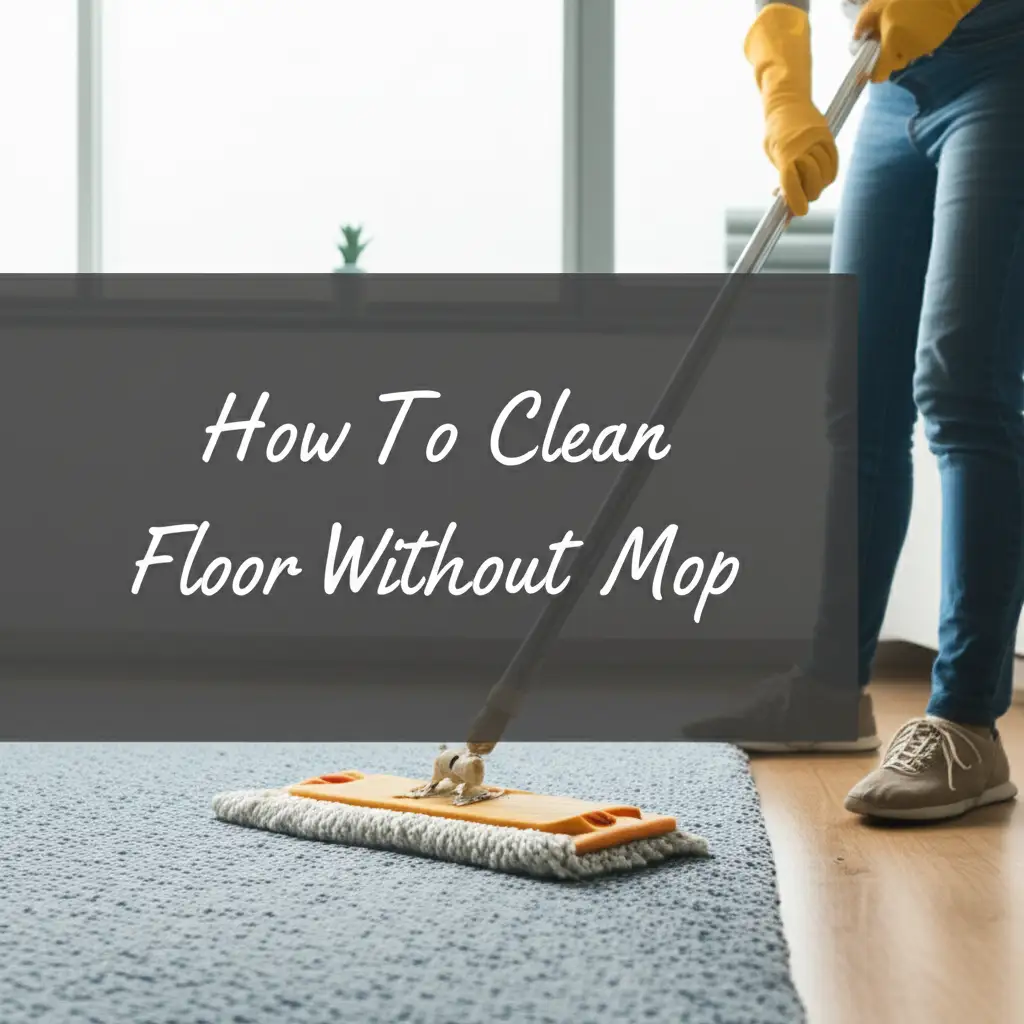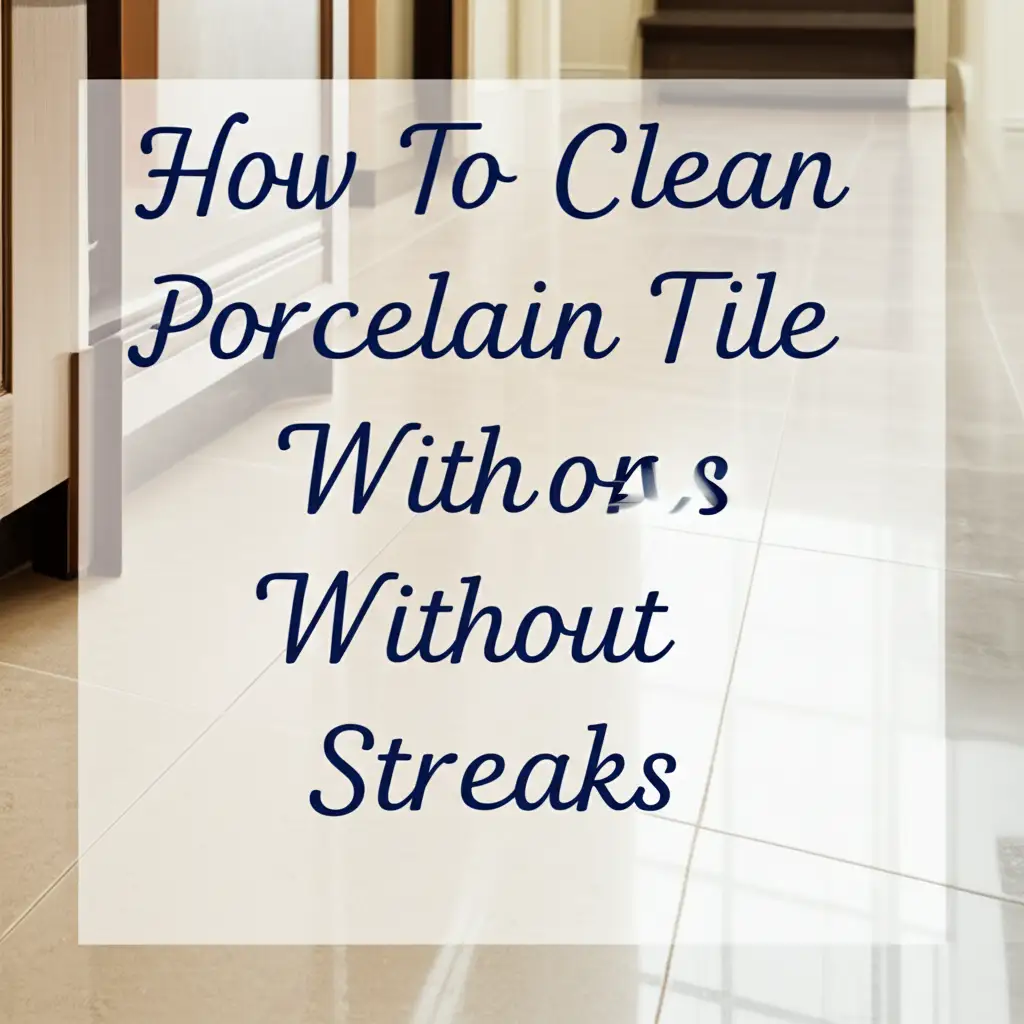· Home Cleaning · 17 min read
How To Clean Laminate Flooring

How To Keep Your Laminate Floors Spotless
Are you looking at your laminate floors and wishing they had their original shine? Tired of seeing dull spots or streaks after cleaning? Knowing how to clean laminate flooring correctly makes a big difference. Laminate is a popular choice for homes, offering the look of wood or tile without the high cost. However, it requires specific care to keep it looking its best. Common mistakes can easily damage laminate, leaving it dull, warped, or even stained.
This guide will show you simple, effective ways to clean your laminate floors. We will cover the best tools, safe cleaning solutions, and steps for daily and deep cleaning. You will also learn how to tackle tough stains and prevent future damage. With the right approach, your laminate floors can stay beautiful for years. Let’s make your floors shine again.
Takeaway
- Always start with dry cleaning methods to remove loose dirt.
- Use a damp, not wet, mop with pH-neutral cleaners made for laminate.
- Clean spills immediately to prevent moisture damage to the core.
- Avoid harsh chemicals, abrasive tools, and excessive water.
What is the best way to clean laminate flooring?
To clean laminate flooring, begin by sweeping or vacuuming to pick up loose dirt. Then, use a microfiber mop slightly dampened with a laminate-specific or pH-neutral cleaner. Wipe small sections at a time, drying immediately with a clean cloth to prevent streaks and moisture damage.
Understanding Laminate: What Makes It Unique?
Laminate flooring offers a beautiful, durable surface for many homes. Its construction is special, making it different from solid wood or tile. Laminate floors have layers. The core layer is often high-density fiberboard. This core is sensitive to water. Above the core, there is a photographic layer that gives laminate its look. This layer can mimic wood grains or stone patterns. On top sits a clear, protective wear layer. This wear layer defends against scratches, dents, and fading.
This multi-layer design is what makes laminate both strong and affordable. However, the fiberboard core means water is a major enemy. If too much water gets into the seams, it can cause the core to swell. This leads to permanent damage like warping or buckling. You cannot easily repair such damage. Understanding these layers helps you choose the right cleaning methods. Your goal is to clean the wear layer without letting water reach the core. This keeps your floors looking new and extends their life.
The wear layer is tough, but it can still show signs of wear over time. Dirt and grit act like sandpaper, slowly eroding this protective surface. Regular, correct cleaning removes these abrasive particles. This helps maintain the integrity of the wear layer. It also preserves the floor’s appearance. Ignoring proper care shortens the life of your laminate. Knowing these facts helps you prioritize gentle, dry cleaning. You protect your investment with every cleaning session.
Essential Tools for Effective Laminate Cleaning
Choosing the right tools makes cleaning laminate flooring easier and safer. You do not need many items, but the right ones are key. A soft-bristle broom is excellent for daily sweeping. It gathers dust and debris without scratching the surface. Regular sweeping prevents grit from grinding into the wear layer. This simple step keeps your floors cleaner for longer.
A vacuum cleaner designed for hard floors is another vital tool. Look for models with a hard floor attachment or a “bare floor” setting. This setting lifts the brush roll or turns it off. A spinning brush roll can scratch laminate. It can also scatter debris instead of picking it up. A good vacuum removes fine dust and particles that a broom might miss. You can even find specific vacuums optimized for hard surfaces.
For damp cleaning, a microfiber mop is your best friend. Microfiber material absorbs dirt and holds moisture well. It also releases moisture evenly. This allows you to damp mop without leaving excess water. A spray mop or a flat mop with a removable microfiber pad works well. You can simply spray a small amount of cleaner directly onto the floor. Then, wipe it with the damp mop. This method controls moisture better than a traditional bucket and string mop. Using these tools helps you achieve a clean floor without risking water damage. This also applies to similar flooring types like vinyl. Proper tools for how to clean LVP flooring are very similar, emphasizing minimal water.
For stubborn spots or quick cleanups, keep a few clean microfiber cloths handy. These cloths are gentle and highly absorbent. They are perfect for wiping up spills right away. Quick spill cleanup is very important for laminate floors. Water sitting on the surface can seep into the seams. Having the right tools means you are always ready for any cleaning task. It helps keep your laminate floors in top condition. Your floors will thank you for using the right equipment.
The Step-by-Step Guide: How to Clean Laminate Flooring Regularly
Cleaning laminate floors regularly prevents dirt buildup and keeps them looking fresh. Following a simple routine ensures your floors stay clean without damage.
Daily Dusting and Sweeping
Start your cleaning routine with dry methods. Loose dirt, dust, and pet hair can scratch laminate if left on the surface. Use a soft-bristle broom or a dust mop daily. These tools capture debris effectively without scratching the floor. For better results, a vacuum cleaner with a hard floor attachment is also excellent. This helps pick up fine particles that brooms might leave behind. My goal is always to remove all abrasive grit first. This dry step is the most important part of laminate floor care. It protects the wear layer from damage.
Weekly Damp Mopping
After removing loose dirt, you can damp mop your laminate floors weekly or as needed. “Damp” is the key word here, not “wet.” Fill a spray bottle with a laminate-specific cleaner or a mixture of water and a small amount of mild dish soap. You can also use a mixture of water and vinegar, but test it first in an unseen area. Spray a small section of the floor, about 2x2 feet. Immediately wipe the sprayed area with a microfiber mop that is only slightly damp. The mop should feel barely wet to the touch.
Work in small sections, always drying the floor quickly. You can follow up with a dry microfiber cloth to buff the area. This prevents streaks and ensures no moisture stays on the floor. Never pour water directly onto the laminate. Never use a soaking wet mop. Excess water is the biggest enemy of laminate flooring. It can seep into seams and cause irreversible swelling and warping. This technique helps maintain the floor’s integrity. It keeps the surface clean and streak-free.
Immediate Spill Cleanup
Accidents happen, but quick action saves your laminate floors. If you spill anything, clean it up immediately. Use a clean, dry microfiber cloth to blot the spill. Do not rub, as this can spread the mess. For sticky or colored spills, dampen a cloth with a small amount of laminate cleaner. Gently wipe the spot until it is clean. Then, dry the area completely with another clean, dry cloth. Prompt spill cleanup prevents moisture from penetrating the floor’s core. It also prevents staining. This simple act of vigilance goes a long way in protecting your beautiful laminate.
When facing very dirty laminate floors, you might need to adjust your approach. A routine cleaning method might not be enough. For these situations, how to clean very dirty laminate floors offers more intense strategies. It often involves more targeted spot treatments and a deeper, yet still gentle, overall clean. Remember, even with heavy dirt, the principle of minimal moisture still applies.
Choosing the Right Cleaning Solutions for Laminate
Selecting the correct cleaning solution is crucial for maintaining your laminate floors. The wrong product can cause dullness, streaks, or even permanent damage.
The best choice is a cleaning solution specifically formulated for laminate floors. These products are usually pH-neutral. This means they are neither too acidic nor too alkaline. They clean effectively without stripping the protective wear layer. Many brands offer their own laminate floor cleaners. Follow the product instructions carefully. Often, you spray a small amount directly onto the floor and wipe with a damp mop. These cleaners typically dry quickly and leave no residue.
For a DIY option, some people use a mixture of water and white vinegar. A common ratio is one cup of white vinegar per gallon of warm water. Vinegar is acidic, so use it sparingly and test in an inconspicuous spot first. While vinegar cleans well and leaves no residue, its acidity can dull the finish over time if used improperly. For example, how to clean glass with vinegar shows its effectiveness, but glass is different from laminate. If you choose this method, ensure your mop is only slightly damp. Dry the floor immediately after cleaning. This minimizes exposure to the acidic solution.
What you should avoid is just as important as what you should use. Never use abrasive cleaners, steel wool, or scouring pads. These will scratch and damage the laminate’s wear layer. Stay away from harsh chemicals like ammonia-based cleaners, bleach, or strong detergents. These chemicals can strip the finish, leave residue, or even discolor your floors. Wax-based polishes or oil soaps are also unsuitable for laminate. Laminate floors do not need waxing; these products will build up, creating a sticky film that attracts dirt and becomes difficult to remove. This film can also make your floors slippery. Using the right cleaner helps your laminate floors last longer and look better.
Some manufacturers, like Mohawk, have specific recommendations for their products. Always check your flooring manufacturer’s guidelines first. Learning how to clean Mohawk laminate flooring can provide specific insights into cleaning solutions and methods approved for those particular floors. Following brand-specific advice is always a good idea. This ensures you maintain your warranty and the beauty of your floors.
Tackling Tough Stains and Scuffs on Laminate Floors
Even with regular cleaning, tough stains and scuff marks can appear on laminate floors. Knowing how to deal with them effectively prevents permanent damage. Act quickly when you notice a stain. The longer a stain sits, the harder it is to remove.
For common food stains like chocolate, grease, or juice, start by wiping with a slightly damp microfiber cloth. If the stain remains, use a small amount of laminate floor cleaner on the cloth. Gently rub the spot. For sticky residues like gum or candle wax, let them harden first. Then, carefully scrape them off with a plastic scraper or an old credit card. Be very gentle to avoid scratching the floor. After removing the bulk, wipe any residue with a damp cloth and cleaner.
Ink, marker, or crayon marks require a different approach. Dip a cotton ball or a clean cloth into a small amount of rubbing alcohol or nail polish remover (non-acetone). Dab the stain gently. Do not rub aggressively, as this can spread the ink. Once the stain lifts, wipe the area with a damp cloth and dry it immediately. Always test this method in an inconspicuous area first. Some very strong solvents can affect the finish.
Scuff marks from shoes or furniture are common on laminate. Often, you can remove these marks with a clean pencil eraser. Gently rub the scuff mark with the eraser. The friction helps lift the rubber or shoe material off the floor. Then, wipe away the eraser residue with a dry cloth. For more stubborn scuffs, try a small amount of baking soda paste (baking soda mixed with a tiny bit of water). Apply the paste to the scuff. Rub gently with a soft cloth. Wipe clean with a damp cloth, then dry immediately. This method is surprisingly effective for many surface scuffs.
Always remember to use a light touch when dealing with tough stains. Aggressive scrubbing can damage the wear layer. After treating any stain, always wipe the area with a damp, clean cloth and dry it completely. This ensures no cleaning solution or moisture is left behind. Proper care for stains helps maintain the beauty and longevity of your laminate flooring. For especially difficult situations, referencing guides on how to clean very dirty laminate floors can provide additional tips for comprehensive stain removal.
Preventative Measures: Keeping Your Laminate Pristine
Prevention is always better than cure, especially with laminate flooring. Taking a few simple steps can significantly extend the life and beauty of your floors. These measures protect your investment from daily wear and tear.
First, use doormats. Place a good quality doormat at every entrance to your home. These mats trap dirt, grit, and moisture from shoes before it reaches your laminate. A mat inside the door is also helpful. It provides another layer of protection. This simple habit cuts down on the amount of cleaning needed. It also reduces potential scratches from outside debris.
Second, protect your furniture. Attach felt pads to the legs of all furniture that sits on your laminate. Chairs, tables, sofas, and heavy cabinets can scratch or dent the floor. Felt pads create a soft barrier. They allow furniture to slide without causing damage. Check and replace these pads regularly. Worn pads lose their effectiveness.
Third, manage pet claws. If you have pets, keep their nails trimmed. Long, sharp claws can scratch the laminate surface. Regular nail trims help protect your floors. Also, clean up pet accidents quickly. Pet urine can seep into seams and cause swelling or staining. This is similar to how you care for other hard surfaces like vinyl plank flooring. While laminate is not vinyl, care regarding pet nails and spills is often comparable, as discussed in guides on how to clean vinyl plank flooring.
Fourth, avoid walking on laminate with spiked heels or sports cleats. These can create dents or deep scratches. Ask family members and guests to remove such footwear. In heavy traffic areas, consider using area rugs. Rugs protect the floor from constant friction. They also add warmth and style to a room.
Finally, clean spills immediately. This point cannot be stressed enough. Laminate’s core is vulnerable to moisture. Any liquid spill should be blotted up right away with a dry cloth. Do not let spills sit, even for a few minutes. Taking these preventative steps means less time spent on cleaning and more time enjoying your beautiful, well-maintained laminate floors. Your proactive care will preserve their original look for many years.
Common Mistakes to Avoid When Cleaning Laminate
Cleaning laminate floors incorrectly can lead to damage. Avoiding common mistakes helps keep your floors looking new. I have seen many people make these errors, often without realizing the harm they cause.
The biggest mistake is using too much water. Laminate floors are not waterproof. Their fiberboard core can swell if exposed to excessive moisture. This leads to buckling and warping, which is irreversible. Never use a wet mop. Never pour water directly onto the floor. Always use a damp mop that is almost dry to the touch. Immediately wipe up any standing water.
Another common error is using a steam mop. Steam mops use high heat and moisture. This combination is very bad for laminate. The heat can break down the adhesives in the layers. The steam can force moisture into the seams and core. Both effects cause damage like warping, bubbling, or delamination. Despite their convenience, steam mops are not suitable for laminate.
Using the wrong cleaning solutions is also a frequent mistake. Avoid harsh chemicals like ammonia, bleach, or abrasive cleaners. These products can strip the protective wear layer of the laminate. They can also leave a dull film or discoloration. Oil-based soaps and waxes are also damaging. They leave a sticky residue that attracts dirt and makes the floor slippery. Always choose pH-neutral cleaners specifically designed for laminate. My rule is, if it’s not made for laminate, don’t use it.
Neglecting daily dry cleaning is another error. Allowing dirt, dust, and grit to sit on the floor acts like sandpaper. When people walk on it, these particles scratch the laminate’s wear layer. This leads to dullness over time. Always sweep or vacuum regularly to remove loose debris before damp cleaning. This simple step prevents surface damage.
Finally, not addressing spills immediately is a major oversight. Any liquid spill, even a small one, should be cleaned up at once. Letting liquids sit allows them to seep into the seams. This can cause swelling and permanent damage to the core. Keep a microfiber cloth handy for quick cleanups. By avoiding these common pitfalls, you will ensure your laminate floors remain beautiful and durable for years. This care is similar to techniques for specific brands, like when learning how to clean Mohawk laminate flooring, where manufacturer guidelines often highlight these very same warnings.
FAQ Section
Q1: Can I use a steam mop on laminate floors?
No, you should never use a steam mop on laminate floors. Steam mops generate high heat and moisture. This combination can penetrate the laminate’s core and cause irreparable damage. The heat can break down adhesives, and the moisture leads to swelling, warping, or bubbling of the planks. Always opt for damp mopping instead.
Q2: How often should I clean my laminate floors?
You should sweep or vacuum your laminate floors daily or every other day to remove loose dirt and grit. Damp mop your floors weekly or bi-weekly, depending on traffic and how dirty they get. Always clean spills immediately to prevent any moisture damage. Regular maintenance keeps them looking their best.
Q3: What causes streaky laminate floors after cleaning?
Streaky laminate floors often result from using too much cleaning solution, using a dirty mop, or not drying the floor thoroughly. Excess cleaner leaves residue. A dirty mop redeposits dirt. Leaving moisture behind can also cause streaks as it dries. Use less solution, a clean mop, and dry the floor quickly for best results.
Q4: Is vinegar safe for laminate flooring?
Vinegar can be used sparingly and highly diluted, but it is not ideal for all laminate floors. Its acidic nature can dull the finish over time if used regularly or in strong concentrations. Always test a small, hidden area first. A pH-neutral cleaner specifically designed for laminate is generally a safer choice.
Q5: How do I restore shine to dull laminate?
To restore shine, first ensure you are cleaning correctly by avoiding excess water and harsh chemicals. These can leave dulling residues. Use a pH-neutral laminate cleaner and a damp microfiber mop, drying immediately. Never apply wax or oil-based polishes. If floors are still dull, consult the manufacturer for approved laminate refreshers, if any.
Q6: Can I polish laminate floors?
No, you cannot polish laminate floors in the traditional sense like wood floors. Laminate has a clear wear layer that does not absorb polishes or waxes. Applying such products will only create a sticky buildup that attracts dirt, making your floors appear duller and often making them slippery. Stick to proper cleaning methods.
Conclusion
Keeping your laminate floors clean and beautiful is simple when you know the right steps. We have covered the essentials: from understanding what makes laminate unique to choosing the right tools and solutions. Remember to prioritize dry cleaning first, such as sweeping or vacuuming, to remove abrasive dirt. When damp mopping, use a slightly damp microfiber mop with a pH-neutral cleaner, and always wipe dry immediately. This prevents the number one enemy of laminate, which is excessive moisture.
By avoiding common mistakes like using steam mops, harsh chemicals, or too much water, you protect your investment. Implement preventative measures like doormats and furniture pads to reduce wear and tear. Your laminate floors can look stunning for many years with consistent and correct care. Start your new cleaning routine today and enjoy the lasting beauty of your home.




